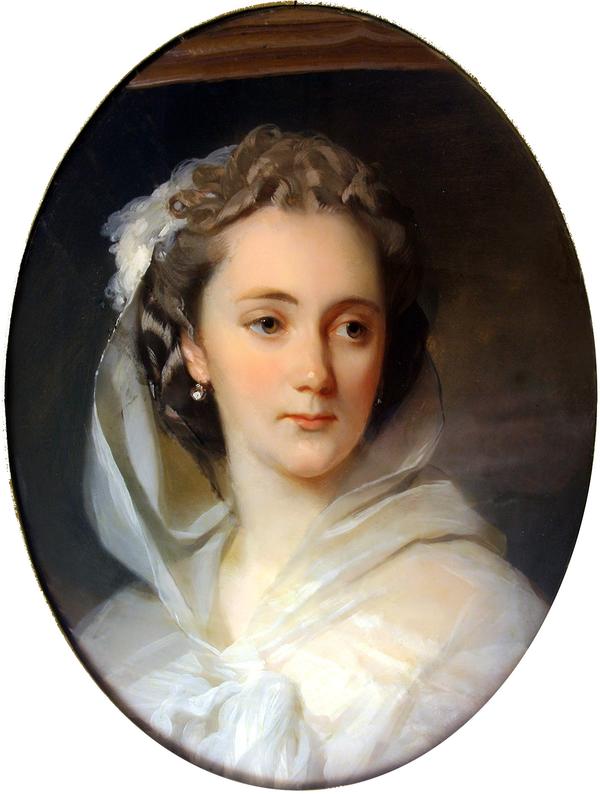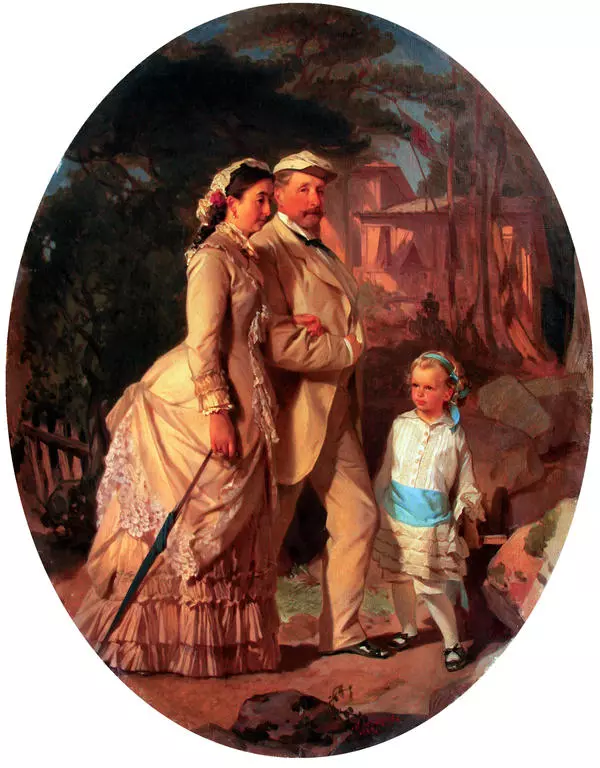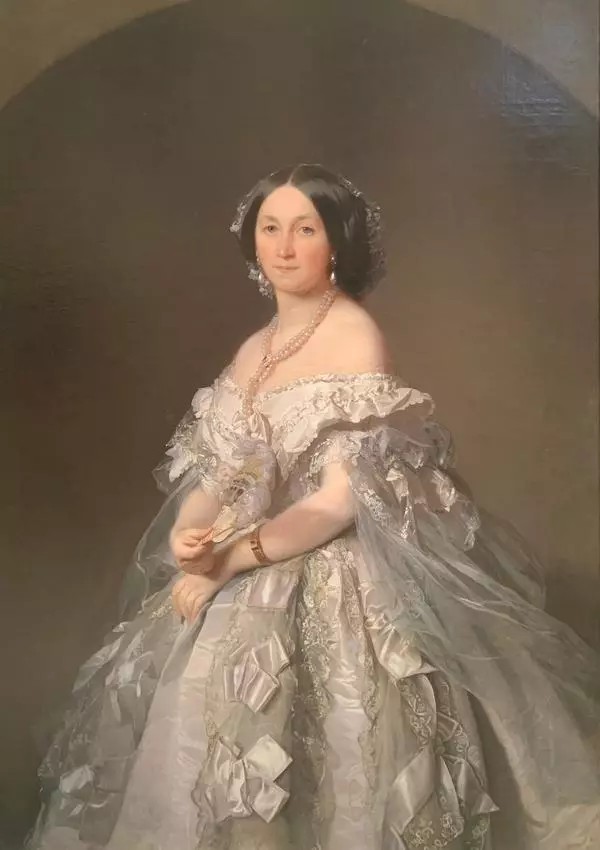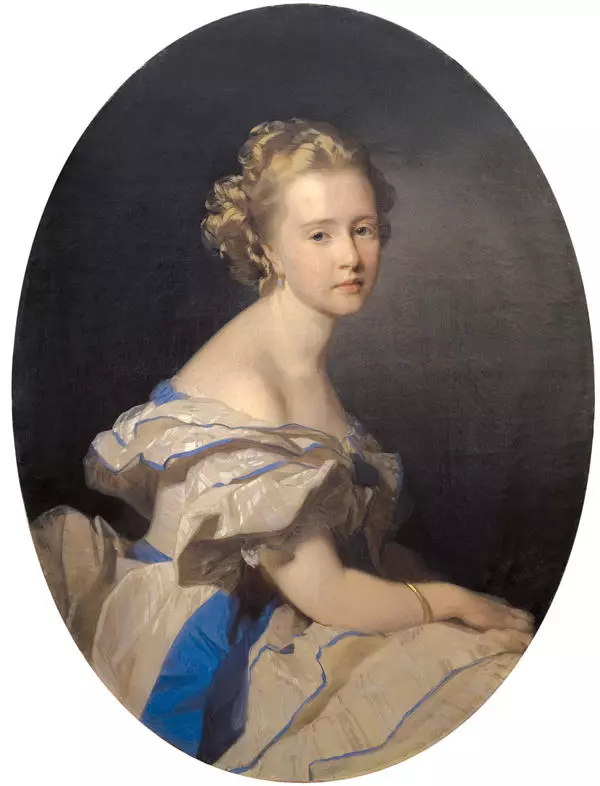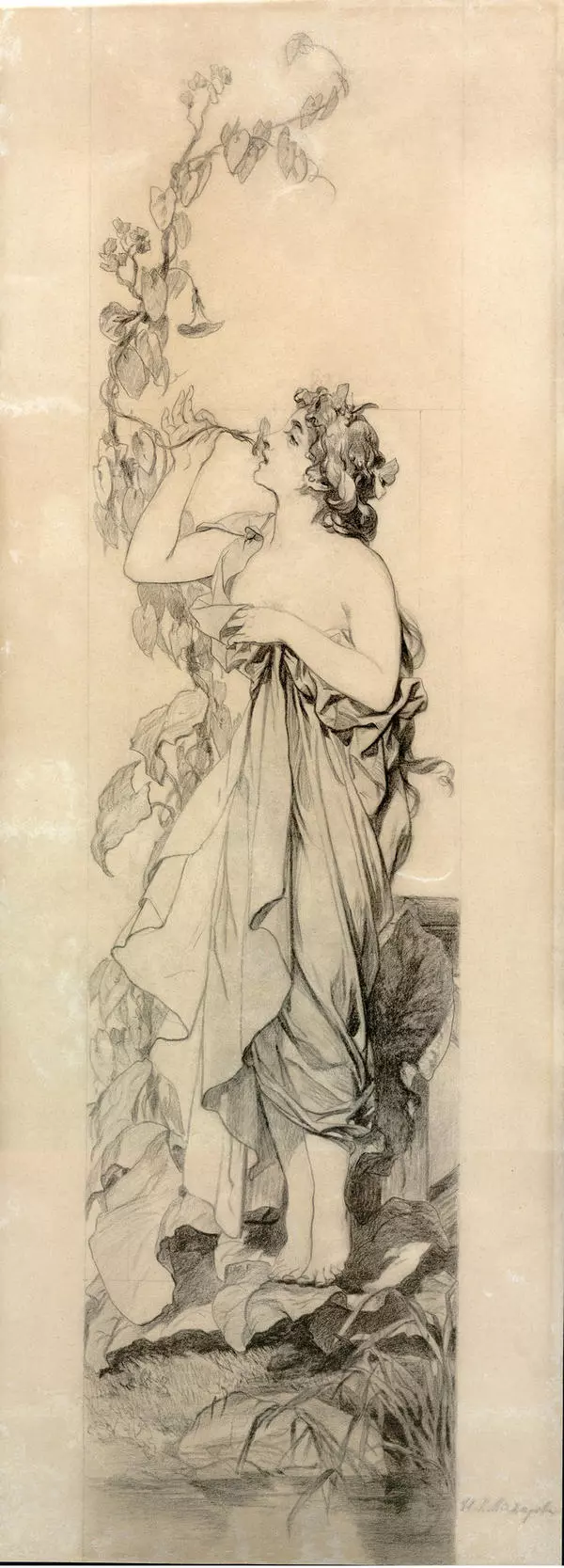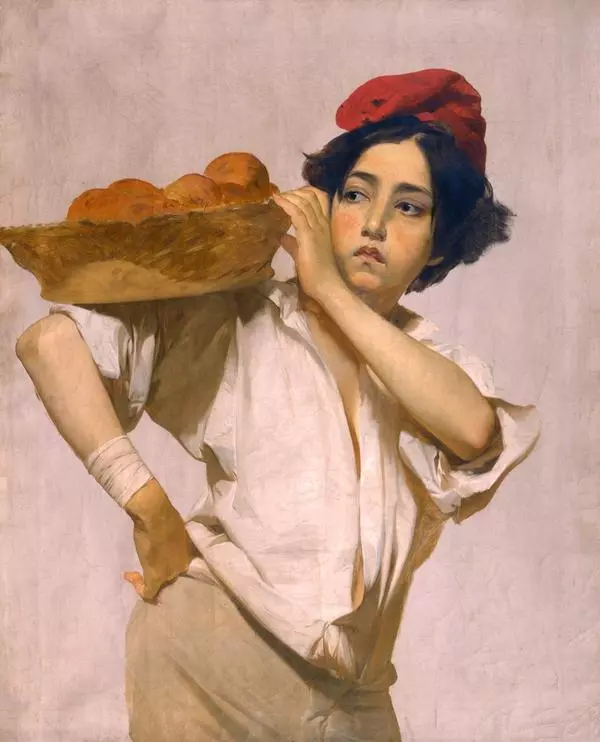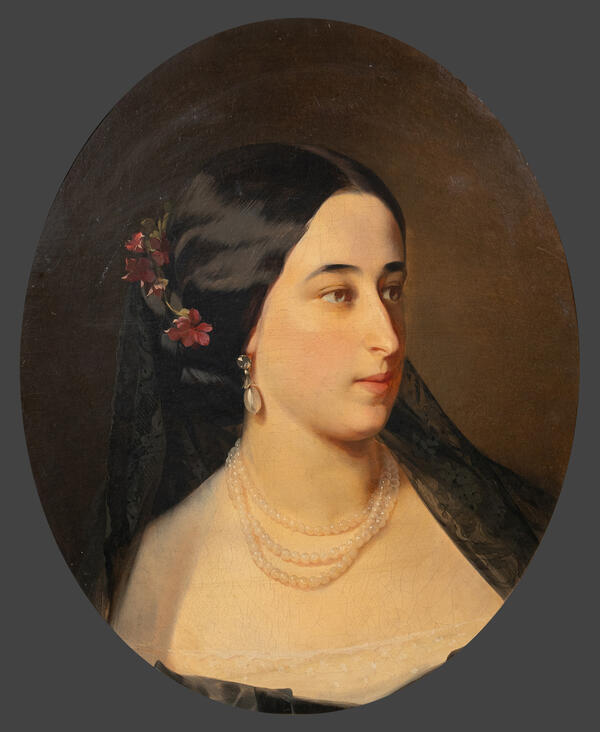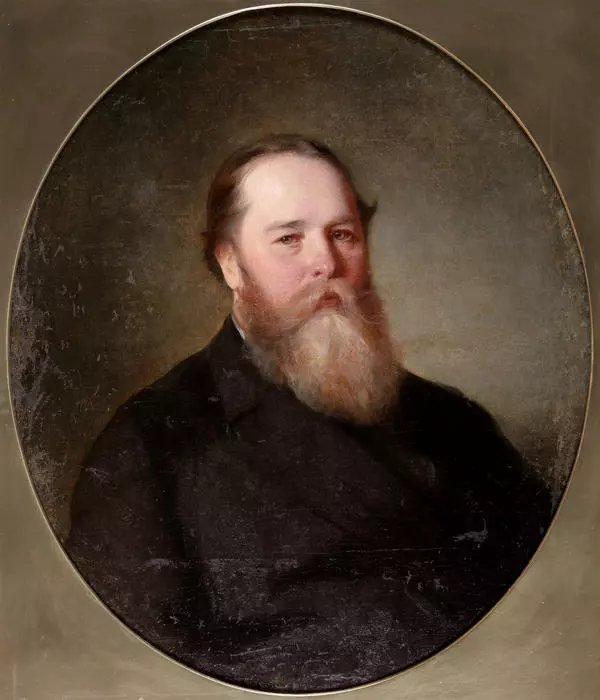Portraitist Ivan Kuzmich Makarov painted Russian rulers and representatives of the high society. Portrait of Solomirskaya holds a special place among his paintings in the collection of our museum. This canvas was acquired by the Ministry of Culture of the RSFSR in 1972. The portrait was a gift to the museum on the occasion of the 150th anniversary of the birth of Ivan Makarov.
There was a lot of controversy about the painting, which took an honorable place in the collection of the jubilee exhibition of the academician of portrait painting in Saransk. For a long time it was believed that it was Anna Solomirskaya, the daughter of the owner of one of the mountain Ural districts, born in 1870, depicted in it. But the longer the information about the Solomirsky family and the specific style of the artist was studied, the more it became obvious that the model for the portrait was another woman from that rich family.
There are photographs of Dmitry Pavlovich Solomirsky. It is impossible not to notice that the facial features of the woman in the portrait are very similar to his, especially the shape of the eyes. But she cannot be his daughter, because she is at least 20 years of age, which means that the artist would have created the painting in the 1890s. Whipped hair above the forehead, like that the lady in the picture has, were typical for hairstyles of noble women 30-35 years earlier.
A light gauzy-fabric scarf, fixed in the hair of the model, can often be seen in the paintings by Makarov, painted much earlier. We can see this detail of the wardrobe in the Portrait of Pushkina-Lanskaya painted not earlier than 1851, Portrait of the Unknown of the 1860s and other works of the artist.
Most likely, this is one of Dmitry Pavlovich’s sisters who is depicted in the painting. His father was Pavel Dmitriyevich Solomirsky (1798-1870), who made a successful military career. At the age of 37 he married Yekaterina Bulgakova, and four years later he left the service. Since 1841 Pavel Solomirsky and his family had been living in the Urals, where he owned the Sysert factories. Historians believe that he was forced to move because of debt obligations, which made further life in St. Petersburg problematic.
The Solomirskies had several daughters: Olga, Yekaterina, Maria, Anna, Natalia and Alexandra. All the girls were well educated, for which the parents had invited experienced teachers and governesses from Europe. Researchers are still trying to find out which of Pavel Dmitriyevich’s six daughters is depicted in the portrait.
There was a lot of controversy about the painting, which took an honorable place in the collection of the jubilee exhibition of the academician of portrait painting in Saransk. For a long time it was believed that it was Anna Solomirskaya, the daughter of the owner of one of the mountain Ural districts, born in 1870, depicted in it. But the longer the information about the Solomirsky family and the specific style of the artist was studied, the more it became obvious that the model for the portrait was another woman from that rich family.
There are photographs of Dmitry Pavlovich Solomirsky. It is impossible not to notice that the facial features of the woman in the portrait are very similar to his, especially the shape of the eyes. But she cannot be his daughter, because she is at least 20 years of age, which means that the artist would have created the painting in the 1890s. Whipped hair above the forehead, like that the lady in the picture has, were typical for hairstyles of noble women 30-35 years earlier.
A light gauzy-fabric scarf, fixed in the hair of the model, can often be seen in the paintings by Makarov, painted much earlier. We can see this detail of the wardrobe in the Portrait of Pushkina-Lanskaya painted not earlier than 1851, Portrait of the Unknown of the 1860s and other works of the artist.
Most likely, this is one of Dmitry Pavlovich’s sisters who is depicted in the painting. His father was Pavel Dmitriyevich Solomirsky (1798-1870), who made a successful military career. At the age of 37 he married Yekaterina Bulgakova, and four years later he left the service. Since 1841 Pavel Solomirsky and his family had been living in the Urals, where he owned the Sysert factories. Historians believe that he was forced to move because of debt obligations, which made further life in St. Petersburg problematic.
The Solomirskies had several daughters: Olga, Yekaterina, Maria, Anna, Natalia and Alexandra. All the girls were well educated, for which the parents had invited experienced teachers and governesses from Europe. Researchers are still trying to find out which of Pavel Dmitriyevich’s six daughters is depicted in the portrait.

